Büyükada
Over the centuries, this island paradise has done it all, from providing monks with ecclesiastical respite to sheltering an exiled Leon Trotsky.
Off the coast of Istanbul, a traffic-free archipelago rises from the Sea of Marmara. The largest island is home to many wonders: extravagant Ottoman architecture, quiet Greek monasteries, and the crumbling mansion where Leon Trotsky was exiled.
Büyükada, or “big island,” served as a place of both exile and ecclesiastical living during the Byzantine period. In 569 CE, Byzantine Emperor Justin II constructed a palace and a monastery — the first of many monastic dwellings that would eventually serve as prisons for exiled emperors and empresses.
Re-branded as a vacation hotspot during the Ottoman era, the island transformed into a lavish summer destination with notable appeal for Istanbul’s Greek, Jewish, and Armenian communities. (Many Turks preferred to summer elsewhere in the Mediterranean.) Many of the island’s ornate manors and villas that still stand today, amidst flourishing gardens and leafy fig trees, were built during this period.
In 1929, the island once again became a place of exile for one man in particular: Leon Trotsky. The Marxist revolutionary lived on Büyükada for four years, penning both his autobiography and History of the Russian Revolution in his island seclusion. Trotsky’s derelict mansion still remains on the island today, and was put on the market for a whopping $4.4 million in late 2015.
Perhaps the most ideal place to take in the island’s scenery, including glimpses of its ruins, is atop Yucetepe, Büyükada’s highest peak. The mountain top, accessed via a steep footpath, is home to the quiet Aya Yorgi church and expansive views in every direction. Istanbul is visible in the distance, and the island’s fascinating history unfolds amidst the lush greenery below.

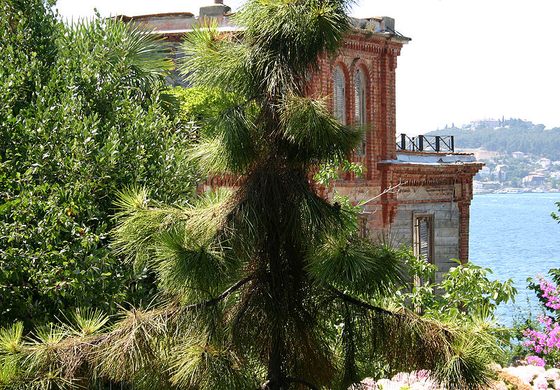
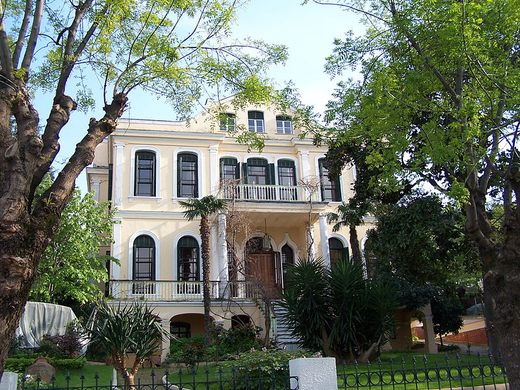
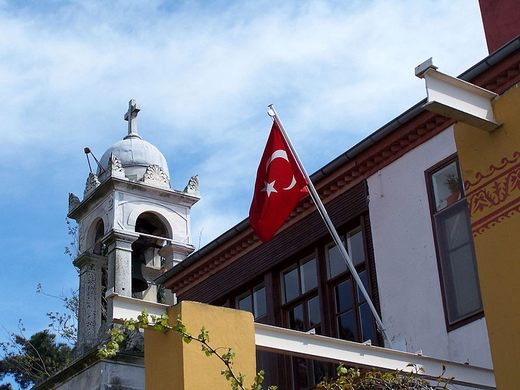
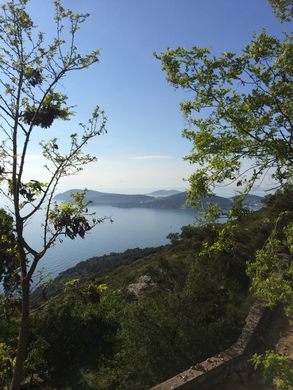
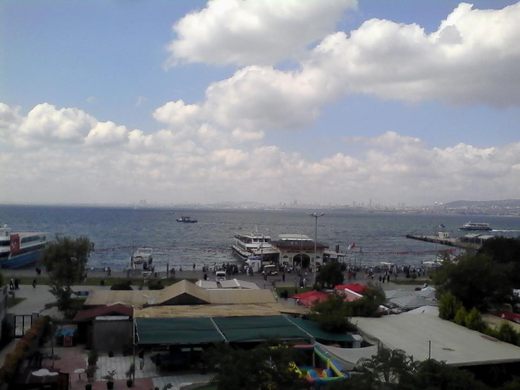


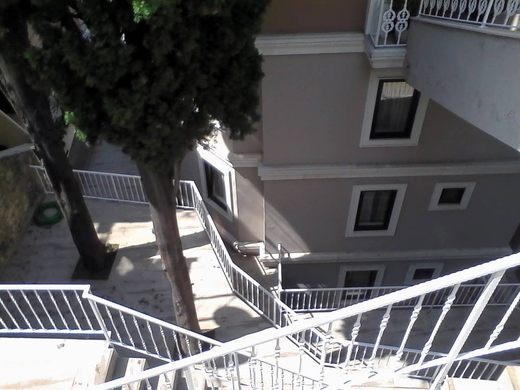
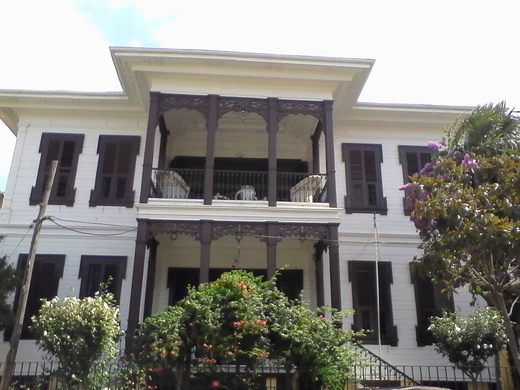









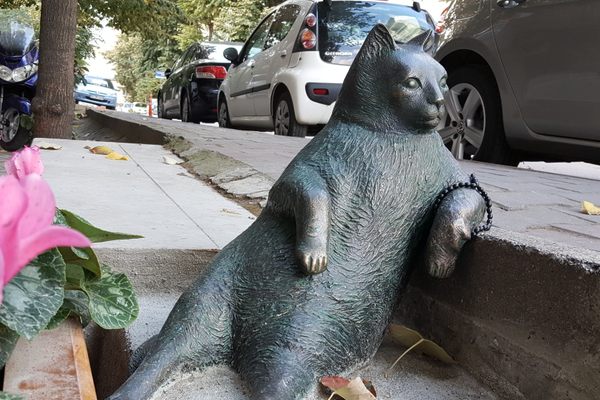

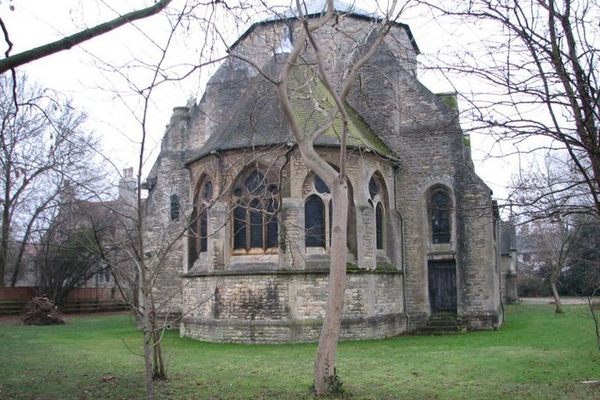
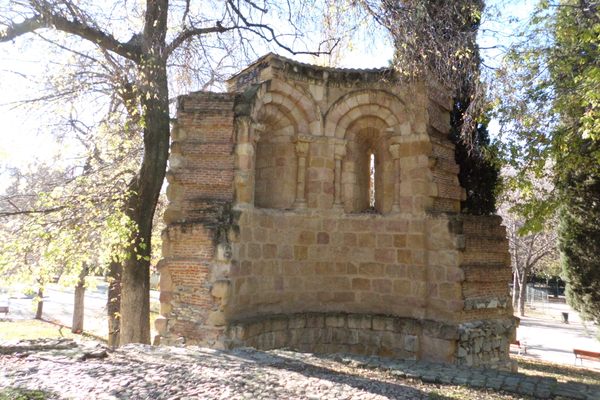
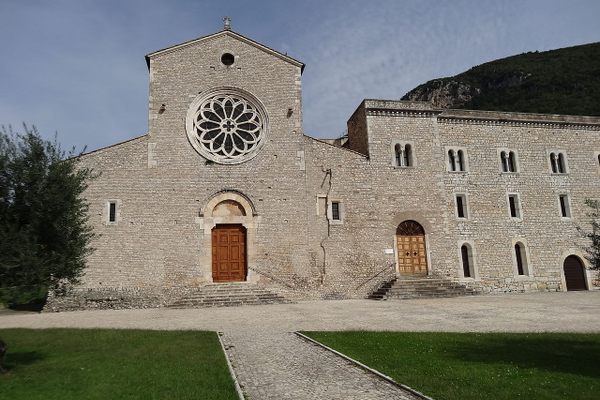


Follow us on Twitter to get the latest on the world's hidden wonders.
Like us on Facebook to get the latest on the world's hidden wonders.
Follow us on Twitter Like us on Facebook